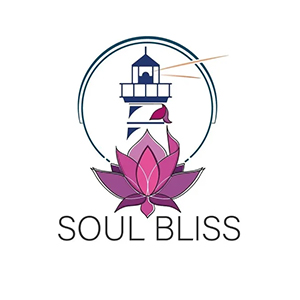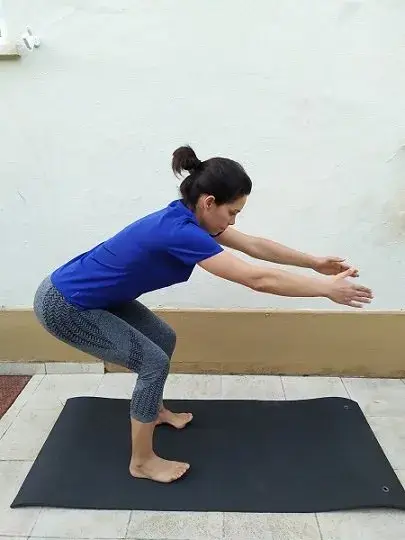Do we have power and responsibility over our health?
The most recent studies in the area tell us yes. From family doctors (Dr. Mark Hyman), neurologists (Dr. Daniel Amen, Dr. David Perlmutter), nutritionists, psychologists and psychiatrists (Dr. Augusto Cury), naturopaths, among many other professionals (Dr. Joe Dispenza) in the area of health sciences. All of them, each in their own way, seek to inform and teach us that our health, whether physical or mental, largely depends on our daily choices.
Science tells us that cold is just the absence of heat, darkness is the absence of light. So can we define illness as the absence of health (and not health as the absence of illness!)? Since heat and light are the norm, health should also be the norm. Why do some people reach their 70s and 80s without taking medication and in good health, regardless of whether society calls them “old”, and others don’t?
I have treated men and women aged 87, 88 and even some over 90 years old. The oldest person I ever had the opportunity to treat, who had never been to physiotherapy and who told me that he was rarely sick or had pain, was 82 years old… and he went to physiotherapy because at that age he fell and broke his wrist, and needed treatment.
Despite this example, we all know people who are always complaining about pain, some of whom we can guess the pain they feel because it is reflected in their face and body, others not so much. We all know people who would just like someone to give them an idea of how to treat themselves because they are tired of suffering. I believe that we can reach 70 or 80 years of age and live without pain, live healthy. And I believe it because I’ve seen it!
To some extent, our health depends on our commitment to it, on how much we really want to be healthy, and on making daily choices that allow us to feel and live in a holistically healthy way. It is known that there are genetic changes that predispose us to certain diseases, but it is also known that our choices (the environment we live in, stress, diet, toxins and exercise) have an influence on our health and genetic expression.
One of the fundamental principles of naturopathy (Logan and Selhub, 2012) is: Vis Medicatrix Naturae, which means the healing force of nature. This means that your body is the true therapist, it has innate self-healing capabilities, what the therapist (physiotherapist or other) can do is facilitate this natural process, through traditional or alternative resources. From the point of view of integrative/holistic treatment, the person will become ill again if the underlying causes of this illness are not addressed.
It is not me or another professional who will take away your pain, who will make your complaints disappear. And you. Yes, that’s right… the therapist just helps you. Each of us is responsible for our health. Let’s be realistic… It honestly doesn’t make sense to think that you’re going to physiotherapy to treat your shoulder and neck pain and then a few hours later you’re stressed out in front of the computer, irritated because the provider didn’t respond to you, or because you feel overwhelmed with work, ordering a pizza, sandwich or other fast food to eat between one phone call and the next, not allowing yourself time to take care of yourself.
With this new awareness, you can start taking better care of yourself today, making healthier choices for yourself. To this end, I leave you with two suggestions based on the authors mentioned above.
Suggested readings for self-knowledge:
-
- Intelligence Code – by Dr. Augusto Cury.
-
- Change Your Brain, Change Your Life – Dr. Daniel Amen
-
- How to Create a New Self – Dr. Joe Dispenza
If you liked this article, share it with anyone who could benefit from this information or leave us a message.



